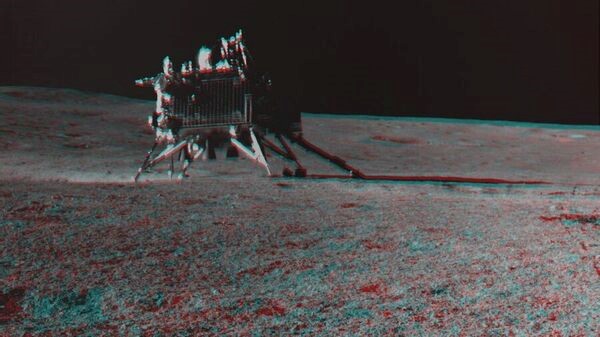Free Courses Sale ends Soon, Get It Now


Free Courses Sale ends Soon, Get It Now



Disclaimer: Copyright infringement not intended.
Context
The Indian Space Research Organisation (ISRO) revealed that the "Chandrayaan-3 Lander Module generated a spectacular 'ejecta halo' of lunar material" as it descended towards the Moon's south pole on August 23, 2023.
Details
ISRO's Findings on Lunar Ejecta Halo
Study Methodology and Analysis
Significance of the Discovery
Achievements of the Chandrayaan-3 Mission
Implications for Future Research
|
PRACTICE QUESTION Q. Which of the following statements about the 'ejecta halo' discovered by ISRO during the Chandrayaan-3 mission's landing is/are correct?
a)Only 1 and 2 b)Only 2 c)Only 1 d)1 and 3 Answer: a) |
© 2024 iasgyan. All right reserved